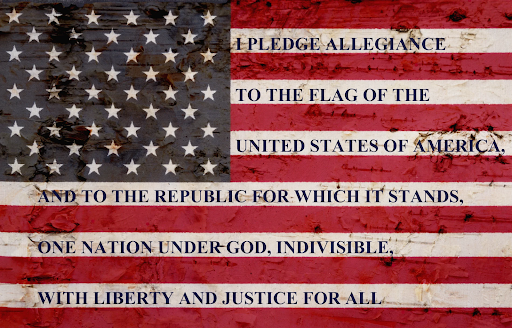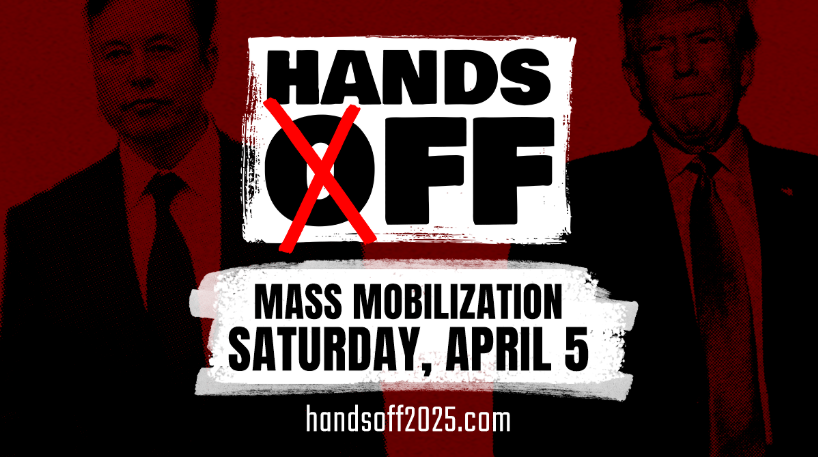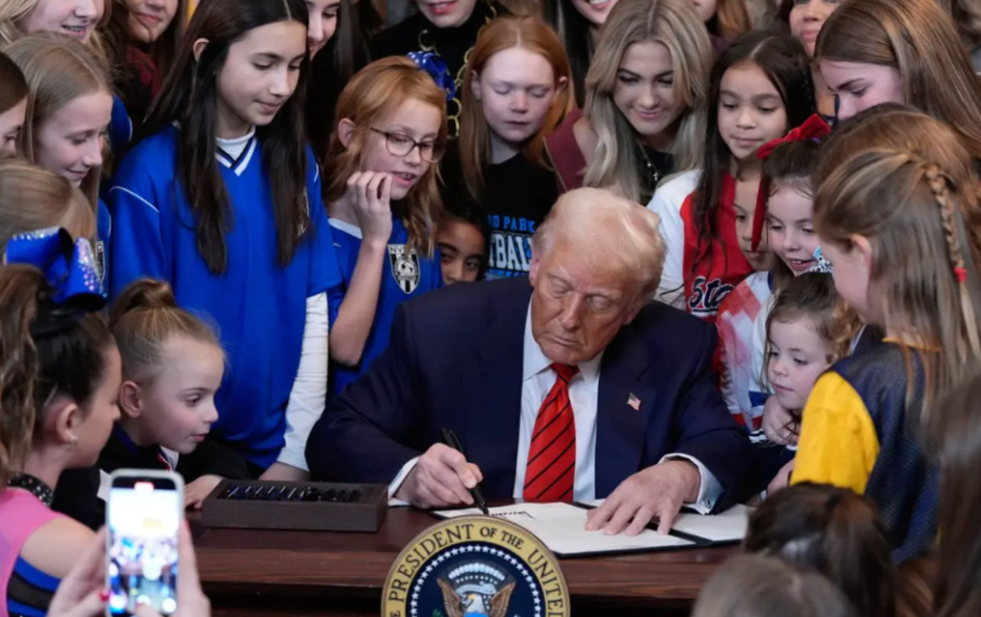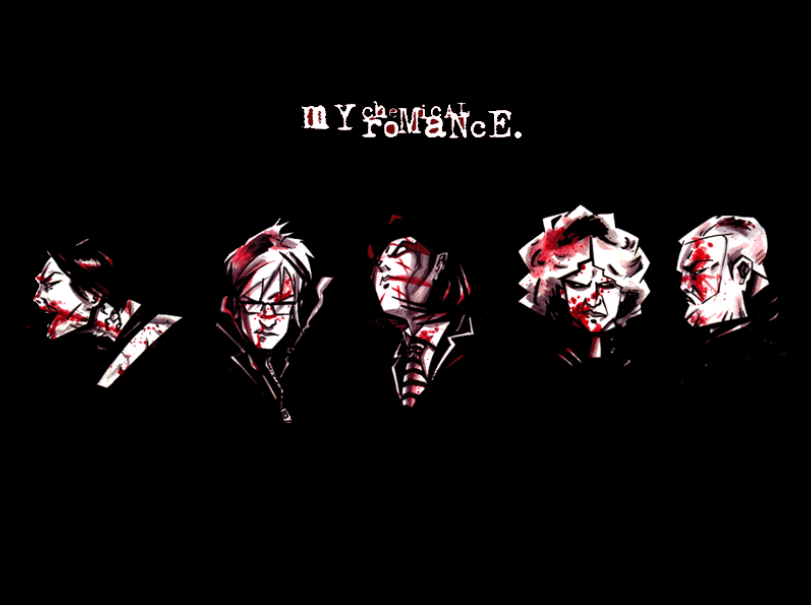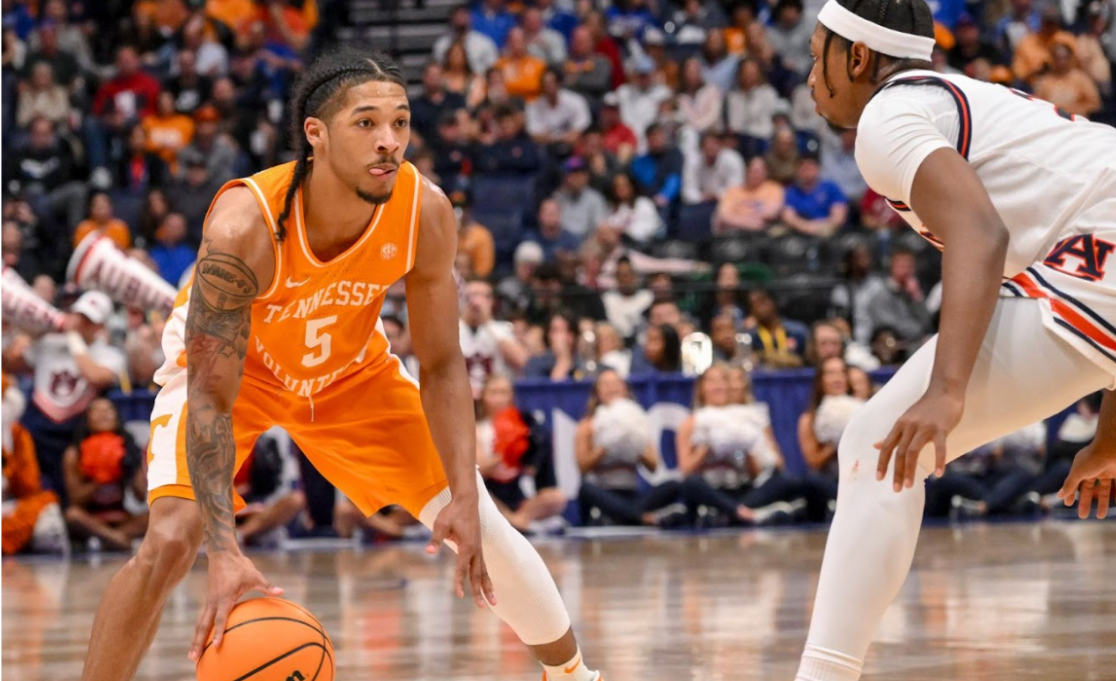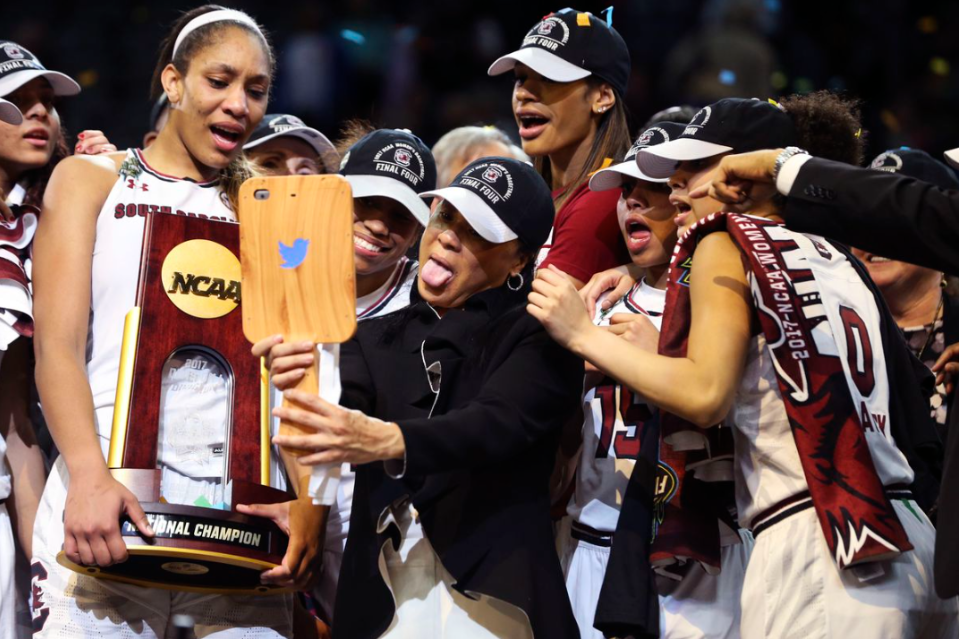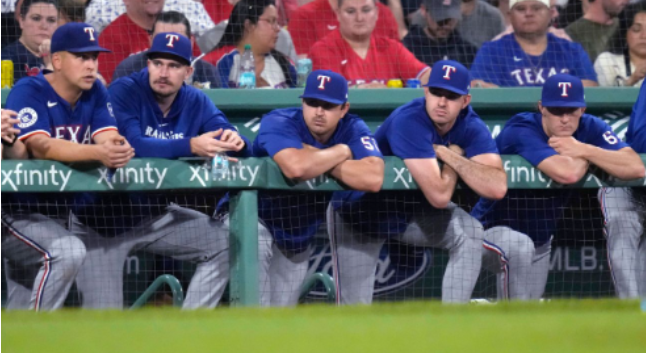“I pledge allegiance to the Flag of the United States of America, and to the Republic for which it stands, one nation under God, indivisible, with liberty and justice for all.” Since 1942, American students have stood every morning for the pledge of allegiance, but students today are not quite so enthusiastic about the pledge. Fewer and fewer students pledge every morning. According to Junior Ashwaq Nur, “maybe two” students in her first period of the day pledge allegiance.
A 1943 Supreme Court case, West Virginia State Board of Education v. Barnette, ruled it unconstitutional to force students to stand for the pledge of allegiance, citing the first amendment. No school policy requires students to stand for the pledge, making this decision mainly a personal one.
Some of those who don’t pledge say it’s because they don’t see any of their peers participating either.
“No one else stands, so when I do it makes me feel awkward,” said Junior Sophia Holoviak.
Others just refrain from laziness.
“If I’m being honest it’s mainly because I don’t want to get up,” said junior Maeve Marthinsen.
Many also don’t stand because they simply don’t see a point.
Junior Liam Birch said about the pledge, “I think a lot of people see the flag as a major symbol of America and feel that if you’re not pledging to it, then you’re not respecting the country as a whole. But I still respect the country. It’s just, I feel like there’s better ways to do that rather than pledging your allegiance”
Junior Emilie Fiske noted that, “our generation has never been given a reason to stand for the pledge other than that’s what everybody does or that’s what you’re told to do.”
Others don’t perform the pledge because of the phrase, “under God.”
Junior Amy Ryan said she doesn’t, “like that you have to pledge to something that is under God. I’m not religious and I feel weird reciting the under God part. I feel like it is pushing religion a little bit.”
Among those who continue to stand for the pledge, JROTC students are some of the most frequent. JROTC, or the Junior Reserve Officers’ Training Corps, is a federal program run by the U.S. army that promotes citizenship and character development among high school students, and is offered as an elective at South Lakes.
Junior Siler Kapoulas, a JROTC member, noted that he “personally has not” seen any JROTC students who do not stand for the pledge in their respective classes. JROTC requires students to stand and salute the flag if they are in class during the pledge, but does not require them to stand outside of class.
Zeus Medrano-Ponce, also in JROTC, says that the class has helped him, “understand how much effort people in the past have put in this country and the opportunities we were given throughout our lives.”
When asked if he thinks others should be standing for the pledge, Kapoulas said, “I think people should do what they want. It’s a great thing if everyone would do it together, but not everyone’s going to do it and we can’t really make people do it. But it’s a nice sign of respect. It’s more like a personal thing. You don’t need to do it for anyone else. It’s just something you do for yourself.”
When asked why he thinks kids don’t stand for the pledge, Kapoulas noted that, “Personally, I think it’s an embarrassment kind of thing. If nobody else is standing up, why should they? They don’t know why we should respect the country or what it’s done for us.”
Every student has different motivations to observe the pledge of allegiance or not, but, as of now, it’s a highly personal choice. It seems like participation in the pledge of allegiance is on the decline, but only time will tell what becomes of the American tradition.








